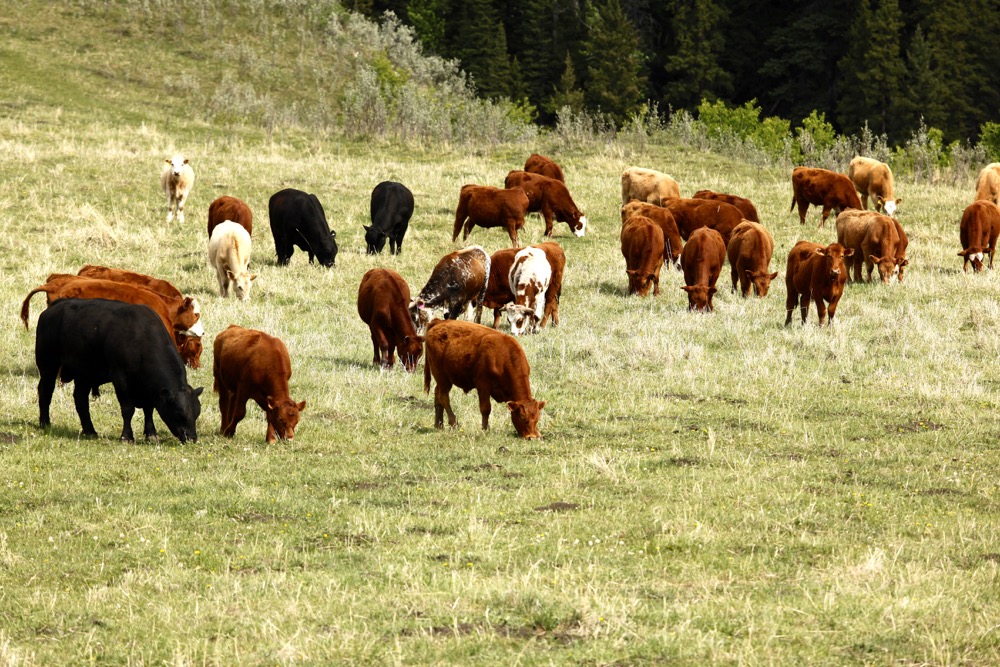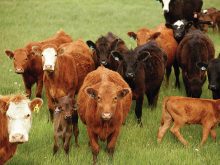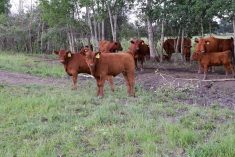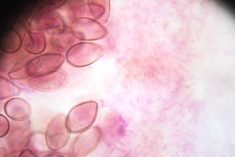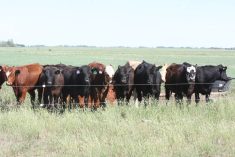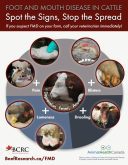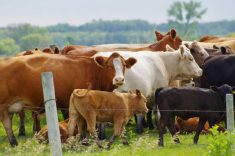Over the last few years several herds have been affected with grass tetany in our area.
These herds will often have multiple cases in short order. Once clinical signs occur and cattle go down, chances of recovery are very poor so treatment-wise they are a true emergency.
Early in the course of the disease, treatment is very successful and your veterinarian will initiate steps to prevent further cases. This article will discuss clinical signs, treatment administered by your veterinarian and most importantly steps to prevent this often-fatal syndrome caused by a magnesium deficiency.
Read Also

Pig transport stress costs pork sector
Popular livestock trailer designs also increase pig stress during transportation, hitting at meat quality, animal welfare and farm profit, Agriculture and Agri-Food Canada researcher says
In a classic case of grass tetany, cattle (especially mature cows) become weak, staggery, go down, and develop tetanic convulsive fits. Paddling with the front feet and snapping of the eyelids can also occur with heavy breathing and foaming at the mouth.
When your veterinarian examines affected cattle, they often find a very high heart rate and potentially elevated temperature from all the hard work the muscles are doing. Not much else is found and since the cow is down, veterinarians often administer a combination of calcium, phosphorus, and magnesium. This is much the same as one would treat a milk fever as these three minerals (individually or in combination) may be low enough to cause a downer cow. Most clinics are now set up to do in-house blood work so many veterinarians will often grab a blood sample before they begin to check for the levels of these minerals. We often see magnesium and calcium low together. Occasionally we look for high potassium, another macromineral, as it can lead to a secondary grass tetany.
The real problem with grass tetany is it generally comes on very suddenly without warning and death can be very sudden. Post-mortems show very little and often leave the veterinarians scratching their heads unless clinical signs are seen. Treatment initiated before they go down or just as they go down is often successful. If down for a time, although treatment may reverse some signs, cattle seldom get up. So as the producer, a suddenly down cow is really a veterinary emergency.
The combination calcium, phosphorus, and magnesium products are often given by slow-intravenous injection and more can be given subcutaneously or intraperitoneally. When giving it intravenously, a veterinarian will often listen to the heart so if problems occur administration can be quickly slowed down or stopped.
If one cow is magnesium deficient it is not uncommon for more cases to develop rapidly and one must assume the whole herd could be borderline deficient.
In almost all cases I have seen, mineral feeding has been sporadic to non-existent for the past year. Magnesium is what you call a macromineral (along with the likes of calcium and phosphorus). These deficiencies may be a long time coming. Stresses such as weather changes, starvation (for even 24 hours), heavy pregnancy, or milk loss from sucking by healthy calves will lead to deficiencies. Lactating ones are usually the first affected.
Changes to lush green pastures coupled with inclement weather can also precipitate an outbreak (lush grass lowers the magnesium level). I have seen a group of heifers that was doing well on a sound mineral program that was starved for 24 hours to facilitate spaying have an outbreak when the weather turned inclement.
Not only do we want to treat clinical cases when they occur, we want to prevent further cases from developing by getting the much-needed magnesium into them. Force feeding or drenching with magnesium oxide may prevent further cases if along with this we start supplementing with a good mineral program containing magnesium.
Good trace minerals will have macrominerals such as calcium, phosphorus and magnesium as well as many microminerals such as copper and zinc. Some producers are misled by terms such as trace-mineralized salt, which is primarily microminerals with mainly salt to enhance consumption. The issue is the macrominerals are totally absent in these combinations. These products are much cheaper, which is why they are purchased in the first place. When you purchase minerals make sure to read the label. All three cause downer cows, but most definitely the most serious of these deficiencies in beef cattle is magnesium.
You can see your mineral program is absolutely key to preventing this sudden killer of cattle. Some areas have needed to increase the levels of the standard amounts of magnesium because of severe deficiencies. But palatability that is too high is a problem and cattle may back off mineral consumption, and we don’t want that.
Work with your veterinarian and nutritionist or feed mill to make sure you have adequate macrominerals in your program and always keep a close eye on cattle in times of stress
Not all cattle will eat adequate amounts of minerals even though we have it out for them.
This is a condition that is entirely preventable so by supplying good-quality minerals you can prevent grass tetany as well as many other mineral deficiencies in your herd.
Most other deficiencies come on slower but grass tetany is rather dramatic and it is the sort of drama we can use less of in our cattle herds.






